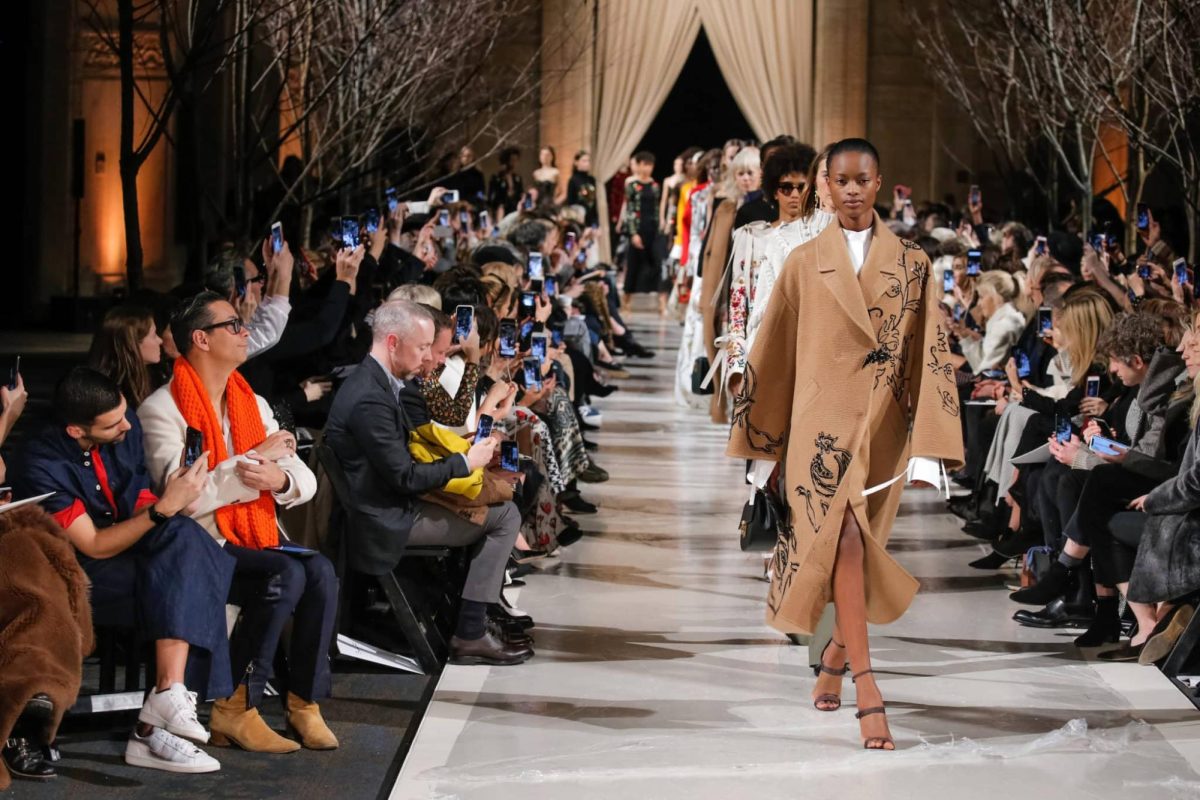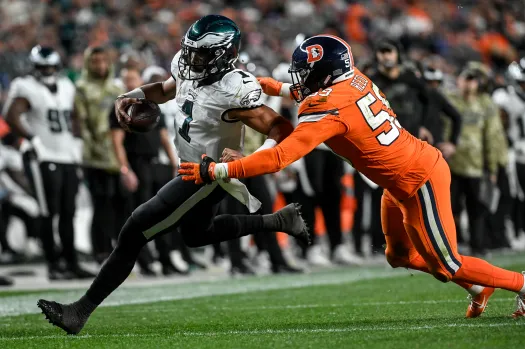The 2022 Beijing Olympic games kicked off on February 4th with a dazzling four-hour Opening Ceremony. Since then, we’ve seen yet another Russian doping scandal, Vladimir Putin watching from the stands, and a world record short program skate by American figure skater Nathan Chen, but one thing is missing from the Games: Black athletes.
During the PyeongChang 2018 Winter Olympics, 2,952 athletes competed. According to Arizona State University, only 43 of those athletes were Black, or 1.45%. Now, advocacy groups fear that this year, the number has decreased. The International Olympic Committee (IOC) rejected a request to reinstate a system that allowed athletes from underdeveloped and underrepresented countries to compete. This decision on the quota system disproportionately affects African countries and, subsequently, their Black athletes. Experts speculate it will have lingering effects, reducing the number of Black athletes for the Olympic Games to come unless work is done to combat it.
The solution to the representation problem at the Olympics starts from the bottom but therein lies the challenge as well. The main issue is money. A survey conducted in 2019 by Utah State University and the Aspen Institute polled families of various economic classes. The survey asked about the cost of twenty-one different sports, only two of which take place in winter. They found that skiing and ice hockey were the two most expensive and most challenging sports to gain access to. The problem is not lack of talent, but lack of opportunity. The average family spends over 2,500 dollars on ice hockey and $2,249 on skiing or snowboarding. The average yearly cost for other sports is $693. Another poll, this time by The Aspen’s Reimagining School Sports Initiative, surveyed 6,000 high school students. They found that only 1% of Black students and 0% of Hispanic students said they had skied or snowboarded outside of school.
Two factors have perpetuated the ongoing lack of representation in winter sports: visibility and racism. USA speed skater Erin Jackson, one of the only Black athletes on Team USA, has discussed how the lack of visibility results in the absence of diversity. She said, “Nothing was stopping those young girls from studying space before, but they saw someone else do it, and then they were inspired.” Studying space or becoming an Olympic figure skater? Jackson argues it takes the same ideas. She goes on to state that Black children need to see Black Americans skiing in order to try it.
The other underlying factor is internalized racism. Andre Horton, a Black Olympic skier, has discussed the racism of the winter sports industry. He told a story of ski lift operators slowing down the chairlift for him because they assumed Black men would ski like “clowns on stilts.” Later that same day, they realized they’d witnessed the first Black alpine skier in Team USA history and apologized as he went on the chairlift again. If Black athletes are discouraged and continue not to see professionals like them on the Olympic level, change will never come.
The snow sports industry needs to devote its marketing resources to advertise to people of color. America becomes more diverse each year, and as wealth becomes more evenly distributed, the industry is doing a disservice to itself by not capitalizing on the entire country. The percentage of Black athletes needs to represent the world’s makeup, or winning at the Games does not mean much.





